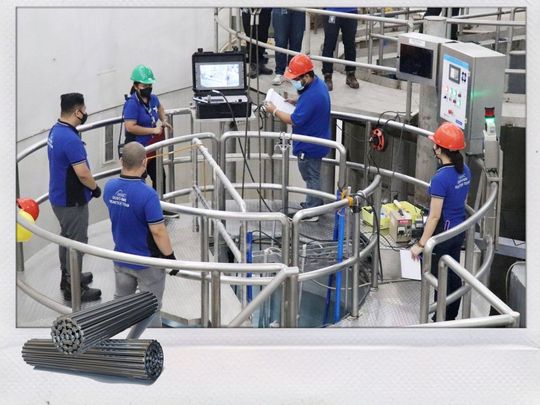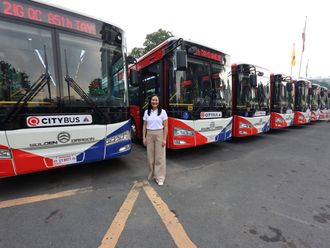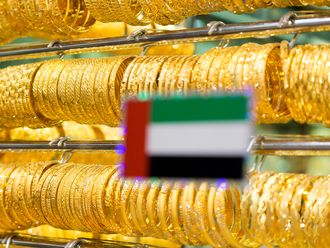
Manila: The Philippines is poised to take a monumental leap into the nuclear age, with plans for its first commercially operational nuclear power plants to come online, delivering an initial 1,200 MW of power by 2032.
This capacity is set to grow steadily, reaching an ambitious 4,800 MW by 2050, according to a senior official.
Department of Energy (DOE) Undersecretary Sharon Garin unveiled this bold vision, marking a critical step in the country's goal of generating 50 per cent of its electricity from carbon-free sources by 2040.
Undersecretary Garin called 2024 a "landmark year" for the Philippines' nuclear ambitions, signaling the release of the nation's nuclear roadmap.
Nuclear programme
This comprehensive plan, developed in collaboration with the International Atomic Energy Agency’s (IAEA) Milestones Approach, charts the course for the country’s nuclear energy programme.
Addressing global experts at the 68th IAEA General Conference in Vienna in September, Garin emphasised the government's determination to integrate nuclear energy into its power generation mix.
The move, however, already faces challenges from renewable power sector today. Solar and wind have seen a rapid growth in recent years, with both legacy and new companies ramping up multi-gigawatt power generating capacities alongside grid-scale batteries.
And the road to nuclear power has not been without controversy.
The infamous Bataan Nuclear Power Plant (BNPP), a project born in the 1970s, remains a stark reminder of the past.
The plant, riddled with allegations of corruption, reported geological and structural defects, cost Filipino taxpayers over $2 billion and never produced a single watt of electricity. The final payments for this ill-fated venture were made in 2007, decades after construction began.
Now, with its sights set on the future, the Philippines is doubling down on renewable energy alongside its nuclear efforts.
Renewable energy investors are lining up mega projects following the government’s decision to allow 100 per cent foreign ownership in renewable energy projects and "green lane" processing of strategic projects.
Manila-based Citicore Renewable Energy Corp (CREC), which operates 10 solar facilities across the country with a combined 285 MW capacity, is eyeing eight additional projects. The company, which raised 5.5 billion ($94 million) from its initial public offering in June, seeks to build a generating capacity of 5,000 megawatts of solar power in five years.
The Philippines also seeks to build 20 high and medium-sized hydro-electric dams by 2028, of which 10 will start construction this 2024.
In parallel, a Danish firm has committed $3 billion to develop a massive 1-GW offshore wind power project in San Miguel Bay, Camarines Sur.
Nuclear regulator
As the Philippines pushes forward, Garin highlighted the government’s work to establish an independent nuclear regulatory authority to ensure the safe and secure development of the nuclear energy programme.
Critical legislation on nuclear safety is being prioritised to protect public health, the environment, and national security, she said.
The DOE-led Nuclear Energy Program – Inter-Agency Committee (NEP-IAC) is at the core of this nuclear drive, adopting a whole-of-government approach to address the 19 infrastructure issues outlined by the IAEA.
Nuclear forum in Manila
In a bid to attract international collaboration, the Philippines will host the International Nuclear Supply Chain Forum in Manila this November, drawing both government and private sector stakeholders to explore partnerships in nuclear energy development.
Undersecretary Garin also reaffirmed the country’s commitment to the peaceful uses of nuclear technology, from energy to agriculture, medicine, and even environmental protection.
"Nuclear technology has brought about transformative benefits across multiple sectors, improving the quality of life for millions," she declared.
Executive Order No. 164, which formally adopts the National Energy Program (NEP), signals the Philippines’ readiness to embrace nuclear power, paving the way for the next chapter in the nation’s energy story.
President Ferdinand Marcos Jr. has stated that he's open to exploring nuclear power, especially the next-generation small modular reactors (SMRs), as a way to provide affordable electricity to Filipino households and businesses.











